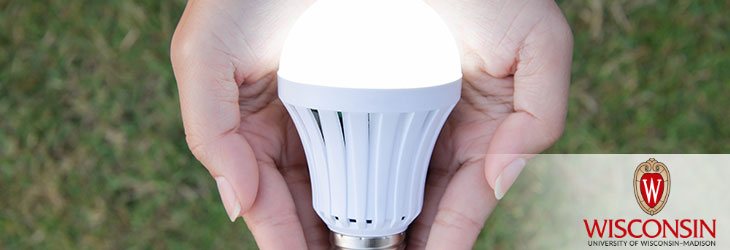Clean Technology

ELECTROCHEMICAL BREAKING OF C-C BONDS
WARF: P210392US02
Inventors: Marcel Schreier, Christine Lucky, Harshal Bakshi
The Invention
UW-Madison researchers disclose a new method for recycling (upcycling) plastics that addresses the shortcomings of pyrolysis.
In the first step, the feedstock (e.g., polymer, long-chained alkane, etc.) is introduced into the electrolyte (essentially acting as both a solvent and coupling fluid) to facilitate adsorption to the catalytic electrode (e.g., platinum) surface. Once adsorbed, the compound can be cracked or dehydrogenated, a process that is controlled via applied potential. This allows for driving product selectivity to shorter, saturated products (e.g., alkanes), or longer unsaturated products (e.g., alkenes). These products are then desorbed from the surface of the electrode by changing the applied potential.
In the first step, the feedstock (e.g., polymer, long-chained alkane, etc.) is introduced into the electrolyte (essentially acting as both a solvent and coupling fluid) to facilitate adsorption to the catalytic electrode (e.g., platinum) surface. Once adsorbed, the compound can be cracked or dehydrogenated, a process that is controlled via applied potential. This allows for driving product selectivity to shorter, saturated products (e.g., alkanes), or longer unsaturated products (e.g., alkenes). These products are then desorbed from the surface of the electrode by changing the applied potential.
Applications
- Upcycling of plastics (PE, PET ,PS, PVC)
- Broadly applicable to hydrocarbon transformative processes
- Can be leveraged to produce feed stocks such as ethylene, propylene, butylene, and other short olefins
Key Benefits
- Able to utilize renewable energy resources for synthesis
- Increased control of synthesis conditions
- Improved product selectivity
- Reduction of fossil fuel production footprint